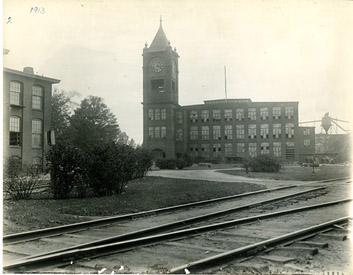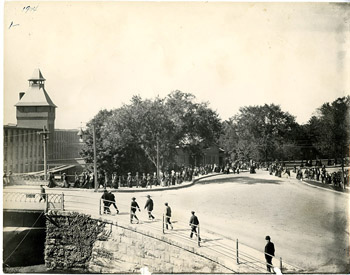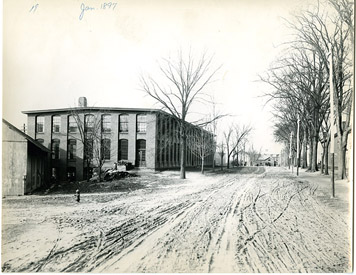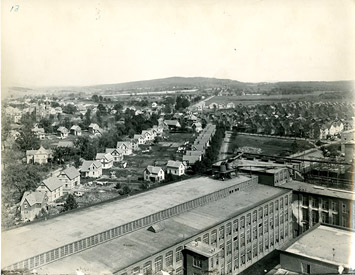EPI.LOGUE &c.
eE
WHAT: E
WHEN: Pre-1900
WHO: The Un-Gyve Limited Group
WHERE: Boston
EBLA: The sublime series designed by Luigi Molinis featured among the signature works presented in the DU: Disegno Universale exhibitions by The Un-Gyve Limited Group.
ECHEVARRÍA: Ofill Echevarría, born in La Habana 1972, as relayed by Osvaldo Sanchez, “made his debut as a member of the action and performance group ‘Arte Calle’ (Street Art) in 1988. While still studying at San Alejandro, he established a radicalized guideline that differed greatly from the surrounding aesthetics — plagued with modern paradigms — of Cuban arts of the time.” El Mundo de los Vivos | The Real World is from Un-Gyve Press.
ELLIOT: Ebenezer Elliot, The “Ranter” preaching. Views of the Haunts and Homes of the British Poets, Oct. 19 1850.
EPI.LOGUE reclamation + restoration.
EMPSON: William Empson, in full Sir William Empson, As for Empson, (born September 27, 1906, Hawdon, Yorkshire, England—died April 15, 1984, London), English critic and poet known for his immense influence on 20th-century literary criticism and for his rational, metaphysical poetry. Educated at Winchester College and at Magdalene College, Cambridge, Empson earned degrees in mathematics and in English literature, which he studied under I.A. Richards. His first poems were published during this time. Several of the verses published in Empson’s Poems (1935) also were written while he was an undergraduate and reflect his knowledge of the sciences and technology, which he used as metaphors in his largely pessimistic assessment of the human lot. Much influenced by John Donne, the poems are personal, politically unconcerned (despite the preoccupation with politics in the 1930s), elliptical, and difficult, even though he provided some explanatory notes. Later collections of his poetry included The Gathering Storm (1940) and Collected Poems (1949; rev. ed. 1955). Seven Types of Ambiguity (1930; rev. ed. 1953), one of the most influential critical works of the first half of the 20th century, was essentially a close examination of poetic texts. Empson’s special contribution in this work was his suggestion that uncertainty or the overlap of meanings in the use of a word could be an enrichment of poetry rather than a fault, and his book abounds with examples. The book helped lay the foundation for the influential critical school known as the New Criticism, although Empson never allied himself with the New Critics’ attempts to disregard authorial intention. According to John Gross late editor of The Times Literary Supplement, anthologist, essayist, and critic, “An essentially positive critic, he had the gift of being able to show you qualities in a work you would never have seen without him, and the even more important gift of enlarging your imagination, encouraging you to go on looking for yourself.” Empson applied his critical method to somewhat longer texts in Some Versions of Pastoral (1935) and further elaborated it in The Structure of Complex Words (1951), where he added attention to social, political, and psychological concerns to his primarily linguistic focus. From 1931 to 1934 Empson taught English literature at the University of Tokyo, and he subsequently joined the English faculty of Peking National University in China. He was Chinese editor at the British Broadcasting Corporation during World War II and returned to teach at Peking National University from 1947 to 1952. Empson was professor of English literature at Sheffield University from 1953, becoming emeritus in 1971. He was knighted in 1979. Empson’s later criticism includes many uncollected essays and one book, Milton’s God (1961), in which his extreme rationalism is directed against a positive valuation of the Christian God. This later body of writing concerns itself with biography and textual criticism as well as with issues of interpretation and literary theory more generally.
EPSTEIN: Leslie Epstein, author of The Goldkorn Variations, was born in Los Angeles to a family of film makers. His father and uncle together wrote dozens of films in the late thirties and forties and on, including The Man Who Came to Dinner, Arsenic and Old Lace, Strawberry Blonde, Yankee Doodle Dandy, and Casablanca. Not surprisingly, films have made up a good part of the subject matter of his fiction. He left California for an undergraduate degree at Yale and a Rhodes Scholarship at Oxford. He has published ten novels, among them, his latest Hill of Beans: A Novel of War and Celluloid, P.D. Kimerakov, The Steinway Quintet Plus Four, Regina, Goldkorn Tales, Pinto and Sons, Pandaemonium, Ice Fire Water: A Leib Goldkorn Cocktail, San Remo Drive, and The Eighth Wonder of the World. His best known novel, King of the Jews, has become a classic of Holocaust Fiction and has been published in eleven foreign languages. In February of 2007, his stage adaptation of King of the Jews was produced by the Huntington Theatre Company, and again at the Olney Theatre in Maryland. His articles and stories have appeared in such places as Esquire, The Atlantic Monthly, Harper’s, Playboy, the Yale Review, TriQuarterly, Tikkun, Partisan Review, The Nation, The New York Times Book Review, The Washington Post, and The Boston Globe. His article, “Pictures at an Extermination: a Child of Hollywood Discovers Auschwitz and Himself,” appeared in the September 2000 issue of Harper’s and can be read online. In addition to the Rhodes Scholarship, he has received many fellowships and awards, including a Fulbright and a Guggenheim fellowship, an award for Distinction in Literature from the American Academy and Institue of Arts and Letters, a residency at the Rockefeller Institute at Bellagio, and grants from the Ingram Merrill Foundation and the National Endowment for the Arts. He was the director of the Creative Writing Program at Boston University for over thirty years, and currently teaches fiction.
ESSAYS AND REVIEWS: Eric Griffiths Edited by Jeffrey Gutierrez.
N.B. The alphabet swatch colour is Ecru from the Un-Gyve Palette.








